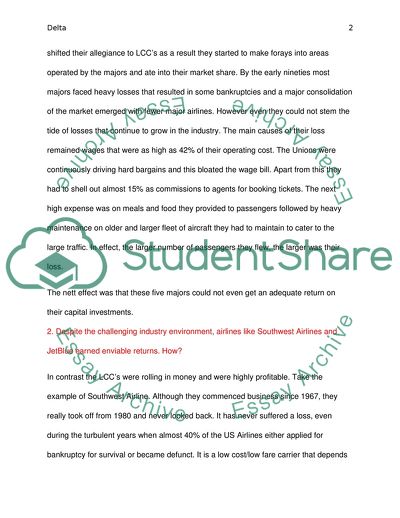Cite this document
(Low Rates of Return on Investment in the Airline Industry, Delta Assignment, n.d.)
Low Rates of Return on Investment in the Airline Industry, Delta Assignment. Retrieved from https://studentshare.org/finance-accounting/1715131-strategymanagement
Low Rates of Return on Investment in the Airline Industry, Delta Assignment. Retrieved from https://studentshare.org/finance-accounting/1715131-strategymanagement
(Low Rates of Return on Investment in the Airline Industry, Delta Assignment)
Low Rates of Return on Investment in the Airline Industry, Delta Assignment. https://studentshare.org/finance-accounting/1715131-strategymanagement.
Low Rates of Return on Investment in the Airline Industry, Delta Assignment. https://studentshare.org/finance-accounting/1715131-strategymanagement.
“Low Rates of Return on Investment in the Airline Industry, Delta Assignment”. https://studentshare.org/finance-accounting/1715131-strategymanagement.


